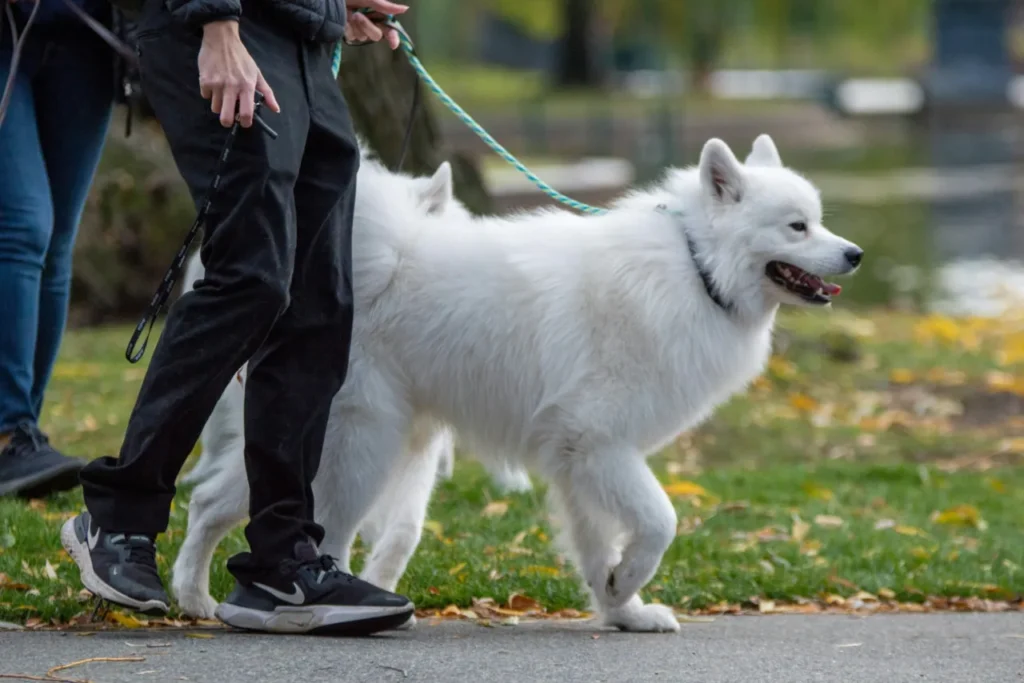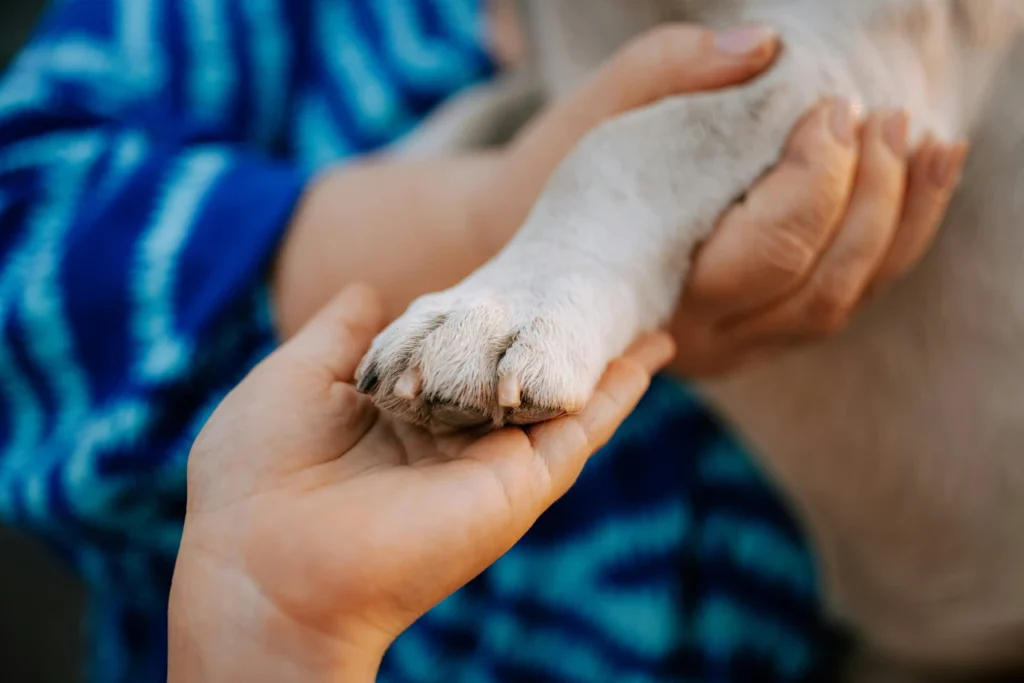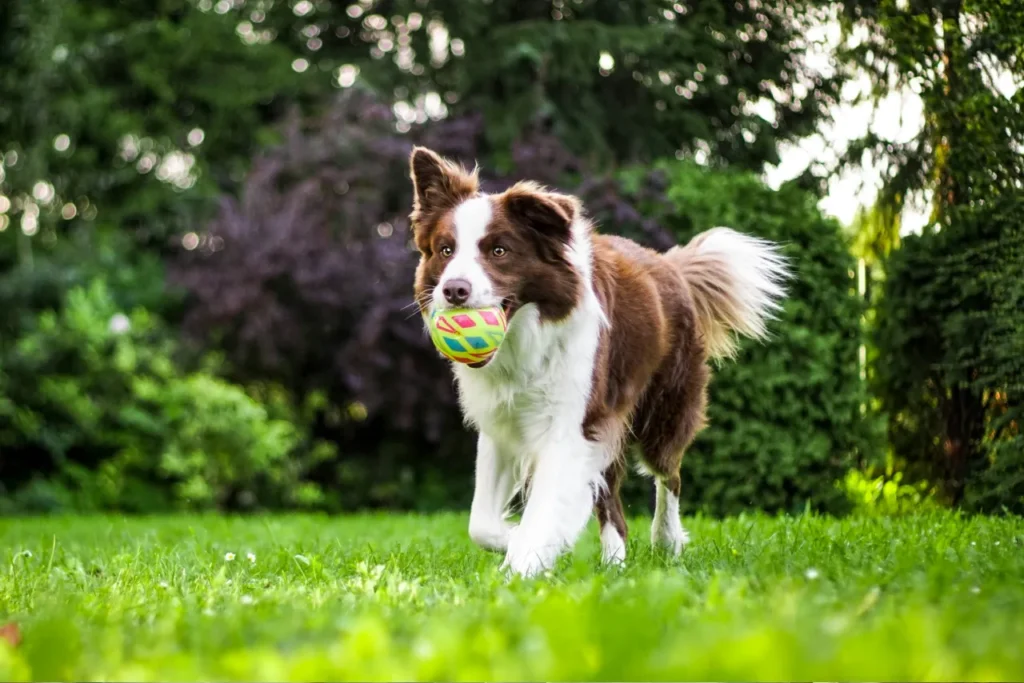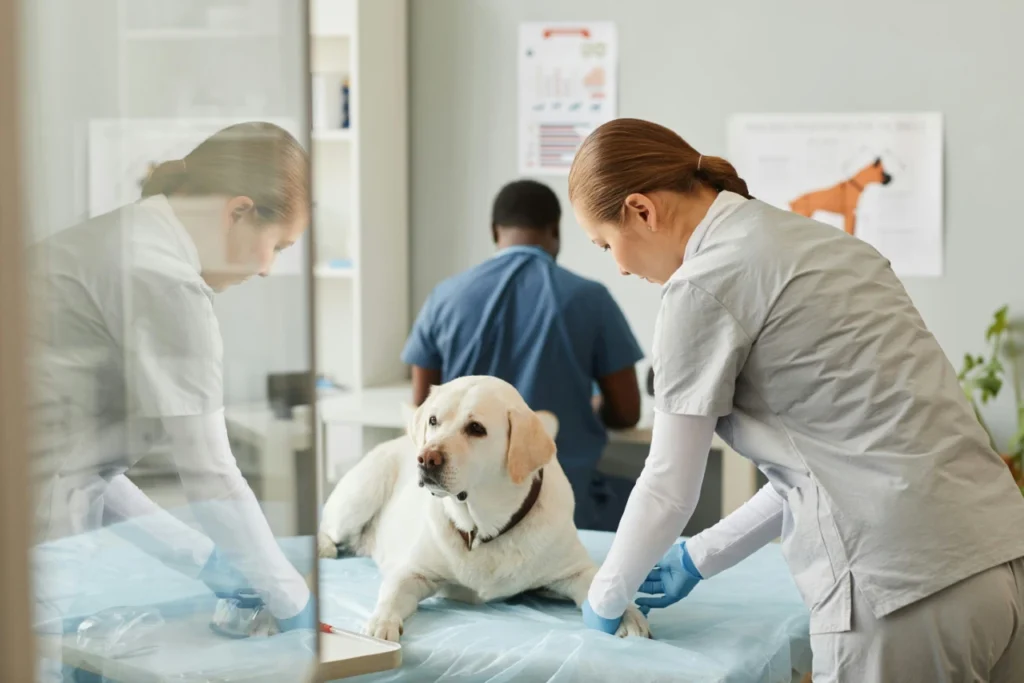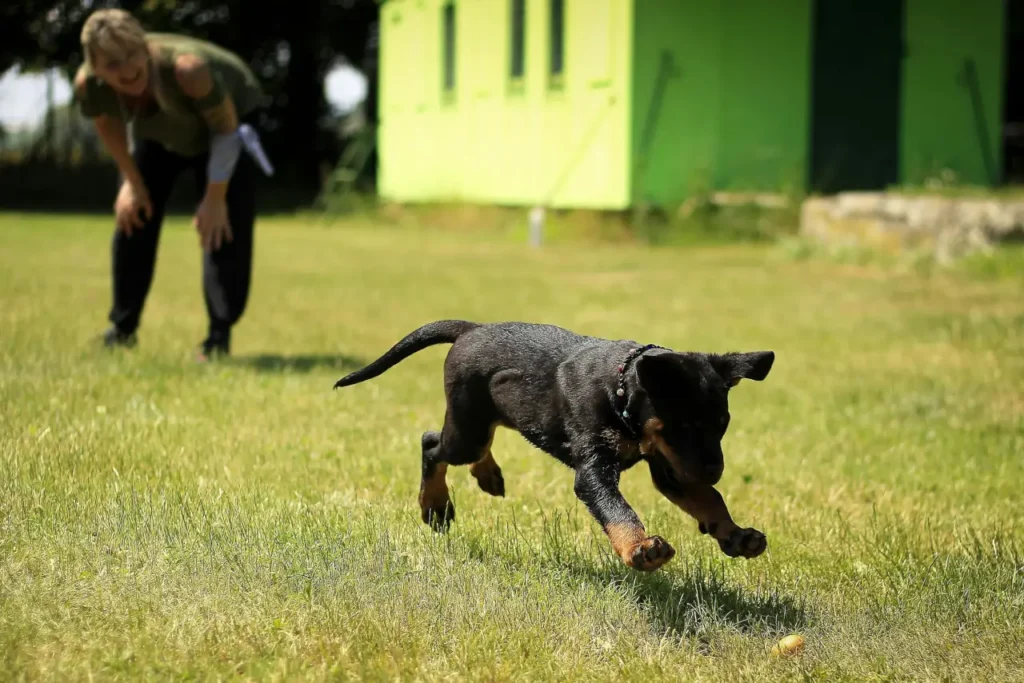You’ve got a limping dog, and naturally, you’re worried. Is it a pulled muscle? A cut paw? Or something worse? You’re probably Googling “Why is my dog limping?” and hoping it’s nothing serious. For pet parents, this kind of health concern is common but never easy. At Off Leash K9 Training in Oklahoma, we’ve seen that many limps aren’t just random—they’re often tied to behavior, movement, and the way your dog interacts with their world.
Types of Limping in Dogs
There are four common types of limping in dogs, and we’ve included some examples and what they might mean below.
Weight-Bearing Limp
This refers to when your dog can bear weight on the affected leg but clearly wants to take the weight off it. For example, your dog steps gingerly, like it’s testing the waters before putting weight on the foot. This kind of limp often shows up with mild sprains, bruises, or small things like a torn nail.
Non-Weight-Bearing Limp
With this kind of limp, your dog won’t touch their paw to the ground at all. Instead, they hold the affected limb up to reduce pain. This usually means there could be a fracture, a serious sprain, or even joint dislocations. Most of the time, this type of limp requires a veterinary visit.
Intermittent Limping
In these cases, you’ll notice your dog limping after a big walk, and then after resting, they’ll walk around like normal again. Sometimes, the limping can also happen only on cold mornings. That kind of limping in dogs hints at soft tissue strains or joint stiffness, especially in middle-aged pups. Unless the pain lingers, you might have time for rest, ice, and careful observation before heading to the vet.
Progressive or Chronic Limping
This gradual limp manifests through a slow, steady decline in gait, worsening over weeks or months. Usually, the underlying issues include conditions like arthritis, elbow or hip dysplasia, or cartilage issues. This kind of limp rarely goes away on its own and usually needs medical and behavioral management.
Acute or Sudden Limping
Everything’s fine one minute, and then the next, your dog suddenly favors a leg. That’s classic sudden injury, which could be caused by a twisted ankle, sprain, bite, or even stepping on something sharp. Your dog could experience mild limping to severe pain, so if the limp comes with yelping, swelling, or your dog refuses to use that limb at all, treat it like an emergency.
Common Causes of Limping for Dogs
So, what causes the sudden limping in dogs? There are quite a few, and we’ll talk about the most common causes of limping right here.
Injuries
You might notice that your dog suddenly starts limping after a rough wrestling session, a misstep on slick hardwood, or an enthusiastic jump that didn’t go well. The resulting limp could be caused by minor injuries, a broken nail, a hairline fracture in a toe, or soft tissue injuries.
An obvious deformity due to an injury is a clear sign to take your dog to their regular veterinarian for physical examination and treatment. This way, they can determine the extent of the injury and recommend the best way to get your pup back on all fours comfortably.
Joint or Bone Issues (e.g., Hip Dysplasia)
Bone and joint concerns are especially common among older dogs. This can include anything from simple hip joint pain to degenerative joint disease and ligament tears.
Some of the most common issues that may arise involving your dog’s joints are:
- Hip Dysplasia: A mismatch between the high bone and the hip socket. It’s common in breeds like labs, GSDs, and mastiffs. You may notice it first when they’re puppies with a unique gait.
- Elbow Dysplasia: Another misalignment condition. Dogs might rest their front legs splayed or bunny-hop.
- Osteoarthritis: As dogs age, the cartilage in their joints thins. So, after resting, their joints may creak or feel stiff.
- Osteochondrosis Dissecans (OCD): This is basically a bone-and-cartilage issue in growing, large dogs. You might hear a click or feel it in the knee or shoulder.
Foreign Objects or Paw Problems
Sharp objects like glass, thorns, splinters, or even tiny pebbles can get lodged between your dog’s paw or embedded in the pad itself, causing immediate discomfort and limping. You might also notice them licking at the affected paw or favoring one leg, especially after a walk or outdoor play.
Other times, it’s less obvious. Cracked or overgrown nails can split or break painfully, especially if your dog plays hard or walks on rough surfaces. Paw pads, too, can become dry, chapped, or even burned in hot weather, leading to limping that may appear to shift from one leg to another depending on where the pain is.
Infections or Illnesses
There might be underlying conditions causing pain in your dog’s affected leg. Some of them include:
- Septic arthritis: If bacteria get into a joint, it can cause severe pain, swelling, and fever.
- Tick-borne trouble: Health concerns like Lyme disease can cause joint inflammation and pain.
- Autoimmune issues: Some dogs’ own immune systems attack their joints. Rare, but painful.
Behavioral and Preventable Causes of Limping
Certain habits and behaviors can actually lead to your dog limping. Some examples:
Overexertion or Inappropriate Exercise
You head out for a jog and take your dog with you, but you notice that your dog starts limping after a game of fetch. If your pup isn’t conditioned and gets a high-impact burst of activity, especially on hard surfaces, your dog might end up with muscle strains, inflamed tendons, or aggravated joints. For older dogs, even short runs can be too much.
Jumping on/off Furniture or Vehicles
They flop onto your bed or jump into the car without thinking. Repeat that day after day, and over time, it can wear on their hip and knee joints, especially in dogs predisposed to dysplasia. You might not even notice until that limp shows up months later.
Leash Pulling or Poor Walking Habits
Leash pulling can twist ankles, strain shoulders, or stress the neck. Plus, sudden jerks can cause soft tissue or ligament damage. When dogs learn to pull, they can harm themselves and the person holding the leash, so it’s unsafe all around.
Rough Play or Lack of Impulse Control
Playtime is fun, until your dog lands wrong on a slick tile or bumps hard into furniture. Without impulse control, dogs can jump or dodge quickly, stressing joints or twisting limbs. That wear accumulates over time and shows up as limps when they’re at some point or after play.
When to Go to the Vet If Your Dog Is Limping
You’ll get better results when you match treatment to the severity, so these are some things to consider:
Emergency Cases
- Limp becomes full hold-up, meaning your dog won’t touch the ground.
- Swelling that’s hot to the touch or a bone that seems out of place.
- Visible cuts or wounds that won’t close or keep bleeding.
- Obvious pain from severe limping: whimpering, crying, shaking, hiding.
In these cases, you need veterinary care as soon as possible. Your dog will undergo a thorough examination, and a treatment plan will be made to manage pain and address the issue. Depending on what the health concern is, this treatment can include physical therapy and weight management, for example.
Same-Day But Non-Emergency
- Limp is obvious, but they’re still putting weight on the leg.
- There’s swelling, stiffness, or mild discomfort.
Call, describe the issue, and head in that same day for a physical exam. They’ll probably check for fractures, joint issues, or foreign objects.
Monitor at Home
- Limp comes and goes.
- No signs of pain or swelling that you can feel.
- It could be a muscle strain or a minor setback.
If you don’t need to run to the emergency room just yet, these are some things you can do at home to help your dog feel better. Keep your dog calm, use cold compresses, check the paw pads, and note any changes over the next couple of days. If it isn’t better by then, then it’s best to visit the vet.
What You Can Do at Home (And What Not to Do)
Here’s a quick side-by-side breakdown of helpful things to do at home and things to avoid:
| Do | Don’t |
|---|---|
|
|
How Training Can Help Prevent Limping in Dogs
You might think training is just for manners, but it’s fundamentally about safety and muscle health. With early intervention and training, you can save your dog from accidents and prevent further injury.
- Loose-leash walking prevents sudden strains and protects their spine, neck, and knees.
- Impulse control means fewer risky jumps or collisions.
- Balance and strength exercises, guided by trainers, support muscle and joint stability.
- Directed play and structure limit injury from chaotic bounding around.
At Off Leash K9 Training Oklahoma, we’ve got obedience drills that help make dogs stronger, safer, and more confident, all while you see improvements in walking, jumping, and stability.
Is Your Dog Suddenly Limping? It Could Be a Result of Preventable Behavior
While some limping is caused by unavoidable injuries or concerns with your dog’s health, like a torn cranial cruciate ligament, luxating patella, or even a dangling limb, many cases are connected to preventable habits and behaviors. For pet owners, especially those with small dogs or active breeds, things like overexertion, excessive jumping, or poor leash manners can lead to everything from intermittent limping to complete refusal to bear weight. In some cases, your dog may appear acutely lame after what seemed like harmless play.
At Off Leash K9 Oklahoma, our private in-home training in OK is designed to help your dog develop safe, structured habits tailored to your dog’s breed, energy level, and environment. From learning to walk calmly on a leash to reducing high-impact behaviors, we help you prevent injury while improving your bond with your pup—all in the comfort of your home.
Ready to give your dog the tools they need to move confidently and safely? Contact us today to get started.

